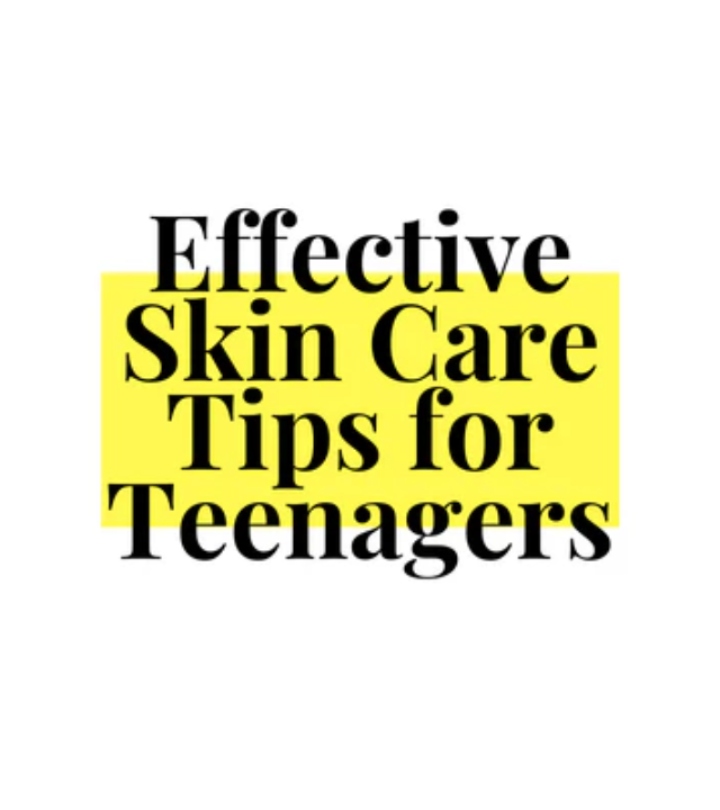As summer approaches, we know you can’t wait to grab your sunglasses and head out to bask under the sun. But before you pack your swimsuits, don’t forget to bring your most prized skincare possession: the SPF sunscreen.
Ideally, you should wear sunscreen throughout all the seasons, but it’s even more crucial during these hot, summer months when we’re all exposed to constant heat and sunlight.
Hey, we get your reservations. SPF sunscreen can feel messy on your skin and commonly causes oiliness and blocks your pores.
To help you find the right product to suit your exact skin type and tone, we’ve listed down a guide on how to choose the right sunscreen and SPF.
With the right sunscreen, you can have a sun-kissed glow, without any worries.
Table of Contents
What Is SPF and What Does it Do?
SPF stands for Sun Protection Factor. It is a measure of the level of protection a product will give you from ultraviolet rays. These rays have the ability to burn our skin when exposed for a certain amount of time. Serious consequences of UV rays include skin cancer and damage to the DNA.
What SPF Level Should I Wear?
The basic calculation of SPF level works like this: If it takes 10 minutes for your unprotected skin to start turning red [under the sun], using an SPF 15 sunscreen prevents its inflammation 15 times longer, or for 150 minutes.
So if you purchase an SPF 30 sunscreen, you’re basically protected from the sun for 300 minutes, or 5 hours.
In much simpler terms, most dermatologists recommend using a minimum of SPF 30, which blocks 97% of UVB. Reapply it every 2 hours to get the greatest efficiency.
How Can I Choose the Right Sunscreen for Me?
Aside from the SPF level, many factors go into choosing the correct SPF for each skin type. Age, complexion, skin type, and even the environment are only a few of these factors.
- Look for the active ingredients of the product and check if they can actually fight against ultraviolet rays. Ingredients such as titanium dioxide and zinc oxide are known for absorbing rays. Octocrylene and octisalate, on the other hand, protect the skin for an extended period.
- Choose a sunscreen with “broad-spectrum protection”. These kinds of sunscreen fight off both UVA and UVB rays, whereas some chemical sunscreens protect the skin only from a limited range of UV rays.
- For easily irritated skin, avoid using chemical sunscreen and products that have non-comedogenic formulas.
- The additional benefits of sunscreen, such as moisture and whitening substances, should come secondary from its initial purpose: to have enough SPF to protect you from the sun.
- There’s no sunscreen that is waterproof, so if the product claims to be “water-resistant”, it’s most likely lying.
Sunscreen is the best shield for your skin from harmful UV rays, nasty sunburns, premature aging, and serious skin diseases. Rain or shine, incorporate the SPF sunscreen into your skincare kit.











